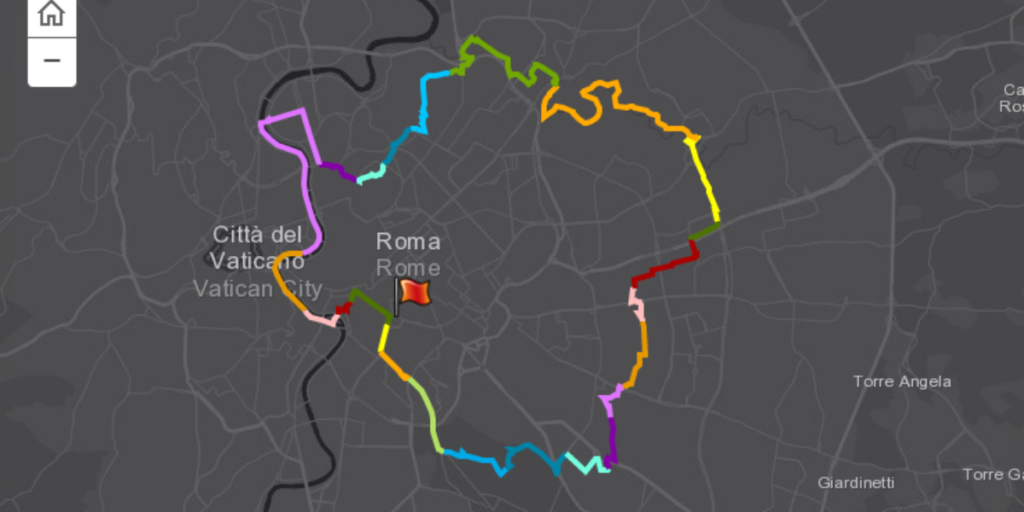Disseminate, Communicate and Advocate powerfully
STORYMAPS to integrate maps and stories
Story maps telling, effectively allows to give voice to those who otherwise could never have the possibility to tell them.
Storytellers often use maps to expand and illuminate their words. Maps communicate and promote understanding.
Maps are the visual representation of where events occur. Consequently, maps and stories complete each other and can now be one thing.
The story maps allow you to narrate complex stories, even very different from each other. The creation of the map and independent web applications depends on the geographic space. Besides, these web applications integrate to web maps other types of content such as text and multimedia.
The story maps:
- use geography with the intent to organize and present information.
- tell the story of a place, an event, a theme, a trend or a pattern in a geographical context.
- combine interactive maps with other content: text, photos, video and audio, within user experiences that are essential and intuitive.
While many story maps are designed for general and non-technical audiences, some of them may also serve a highly specialized audience.
Story maps use GIS tools and often present spatial analysis results, but do not necessary require their users to have specific knowledge or skills of GIS. This is one of the winning keys of story maps.










